Fix a Sagging Door in 5 Minutes Flat

Enjoyed the project?

Comments
Join the conversation
-
 Larry Torliatt
on Nov 07, 2018
Larry Torliatt
on Nov 07, 2018
I've already done similar fixes. This is nothing new.
-
-
 Scott Fleming
on Aug 05, 2020
Scott Fleming
on Aug 05, 2020
Houses do settle over time and will cause a slightly different problem. If the house has settled, the crack on the hinge side may not be different from top to bottom but the gap on top of the door varies from one end to the other and the door won't latch. If that happens, the door needs to be reinstalled to accommodate the settling of the house. Ok, back to the assumptions in the original post. Sometimes hinge screws get loose over time. Check them to see if there are any loose hinge screws. If so, tighten them. If that didn't do the trick, try this. Most doors in modern houses are bought by the builder/remodeler as "pre-hung". Pre-hung doors are sold as a set that comes with the door, the door frame, the trim for around the door frame, and the hinges that connect the door to the frame. The frame material on pre-hung doors is often not a piece of wood but a manufactured product consisting of sawdust and glue. It is easier for the manufacturer to work with but it is also quite flexible. The screws that attach the hinge to the frame are short and only bind the hinge to the thin/flexible frame material. When the door is professionally installed, the installer will replace one of the short screws on the frame side of each hinge with a longer screw that reaches through the flexible door frame and into the 2x4 stud inside the wall. This keeps the frame from flexing over time and holds the hinge in a fixed position relative to the sturdy stud in the wall. You can check to see if the installation was done correctly by observing the screws on the frame side of your hinges. If one is a slightly different color than the others, chances are that this screw is longer and reaches the stud. If not, you might have a door that was not installed correctly. No worries, just replace the center screw on the top hinge with a long screw and recheck the door sag. Another problem that happens involves kids swinging on the door and bending the hinges. You never know what your kids are doing when you are not looking. The weight of a child hanging or standing on a door knob can bend the top hinge enough that the door sags. If this is the case, popping the pin out of the top hinge while the door is shut will reveal that the pin tubes on the two parts of the hinge do not line up. With the door latched shut, Use a pliers to bend the mal-aligned hinge until the pin tubes line back up and put the pin back in.
-




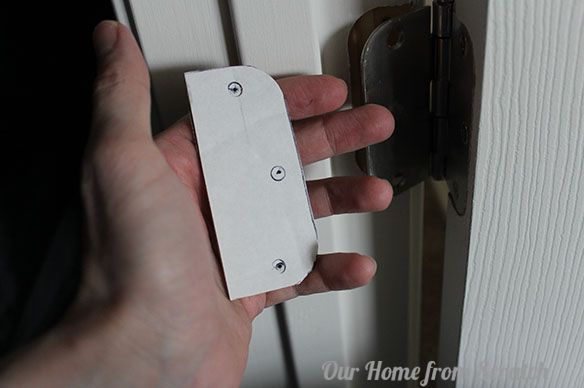


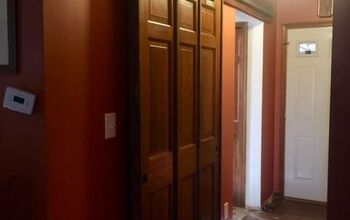
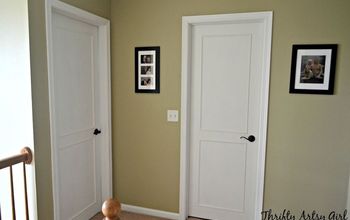

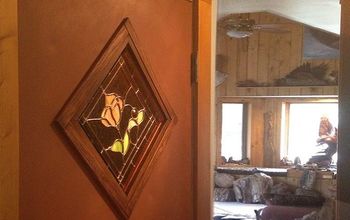

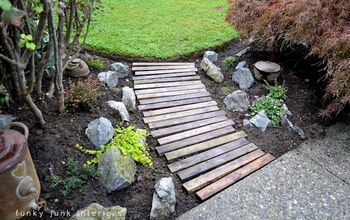
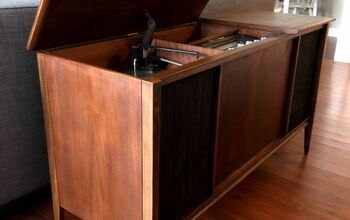


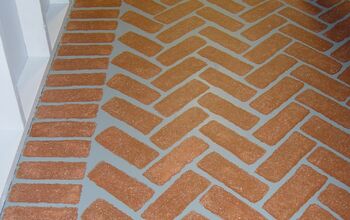
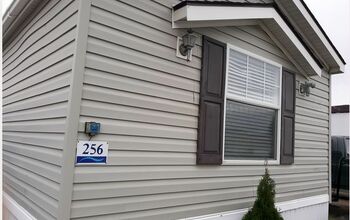


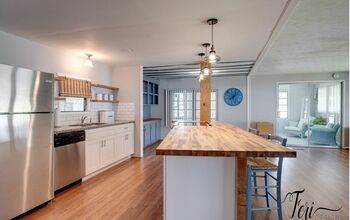




Frequently asked questions
Have a question about this project?
Will this work for an exterior door also or should I use a wood shim?